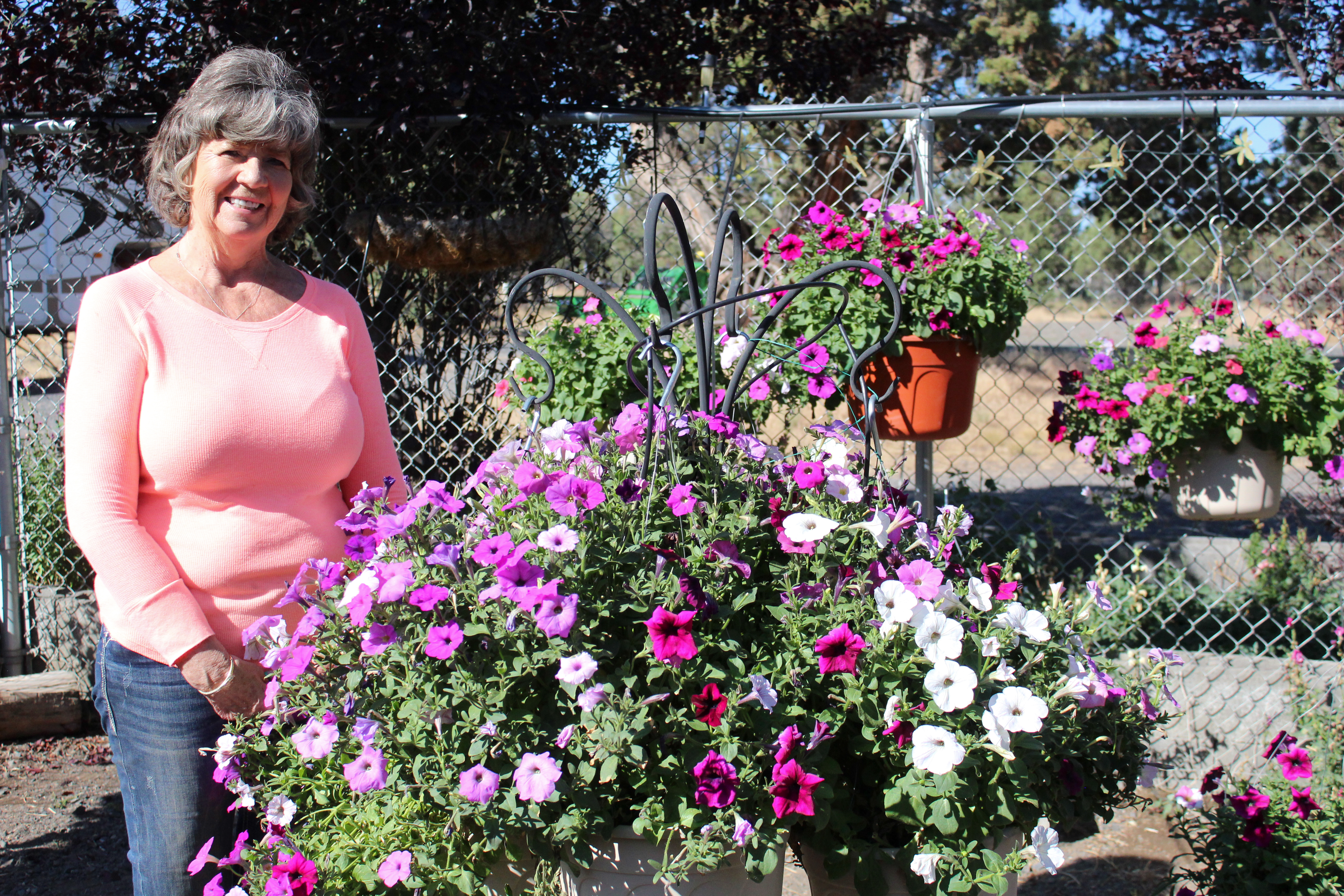CENTRAL OREGON HISTORY: A community of sheep ranchers and wheat farmers emerges
Published 5:00 am Friday, June 20, 2025

- Ione, Oregon, fell on hard times during the Great Depression. (submitted by Bowman Museum)
Ione is located along Willow Creek about 30 miles south of the Columbia River in Morrow County. The lush rangeland grasses attracted early settlers to raise sheep and cattle. John Jordan arrived to settle along Willow Creek in 1859. He built a log cabin not far from present-day Ione. Columbus Rhea built the first home on what is now known as Rhea Creek in 1864. A number of Irish settlers came to the region.
Edward Cluff was among the first to settle at the present site of Ione in 1872. Nearby, Elisha Sperry acquired land that had earlier been homesteaded by George Emerick. Sperry recognized the need for a trading center and decided to establish one on his property. He hired a surveyor and prepared a town plat of four blocks. Sperry named the town Ione for a young girl, Ione Arthur, whose father was working for him at the time. Sperry persuaded Aaron Royce to establish a merchandise store in the newly platted site.
A post office was established with the name of Ione on May 26, 1884, with Royce being the first postmaster. The office was located inside his store. Other businesses soon followed, including a saloon and a blacksmith shop. These did not last long. About 1885, Robert Wills homesteaded near the Sperry plots and established his own plats. Soon, farmers were attracted to the area to grow winter wheat, barley and other grains. Most of the harvested grains had to be hauled over rugged roads to Arlington for shipment.
Trending
A branch line of the Oregon Railroad and Navigation Company was completed from Heppner Junction up Willow Creek through Ione and on to Heppner in 1888. The railroad opened up rapid development and wheat became a major cash crop and Ione prospered. The small community expanded with more homes and businesses.
It was incorporated in 1903. It became a bustling community. Ordinances were passed that banned sheep, goats and hogs from the town. A bank was established, but the onset of the Great Depression led to failure of the bank and the community fell on hard times like the rest of the nation. Today, it remains an active community and the 2020 census listed a population of 337.







